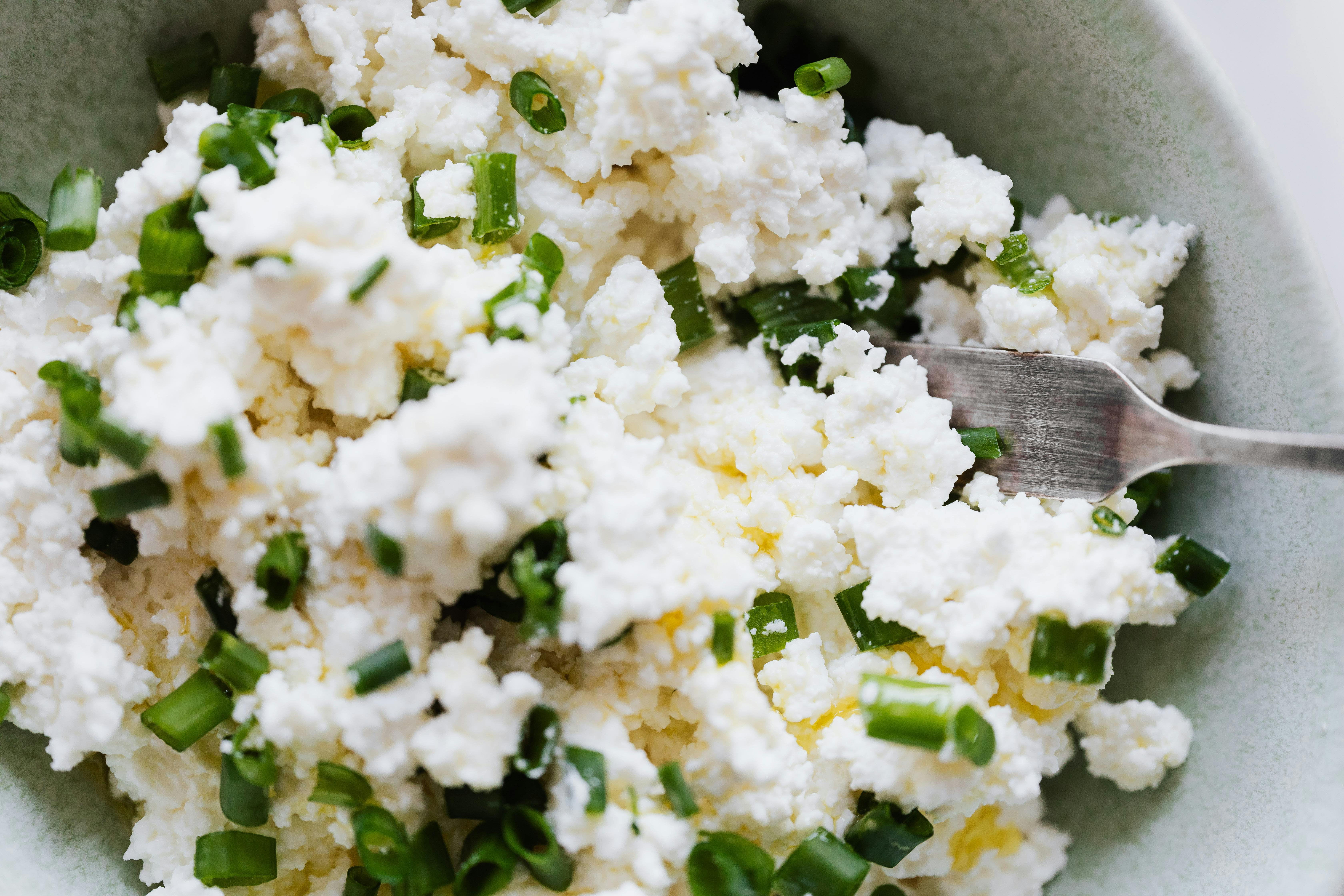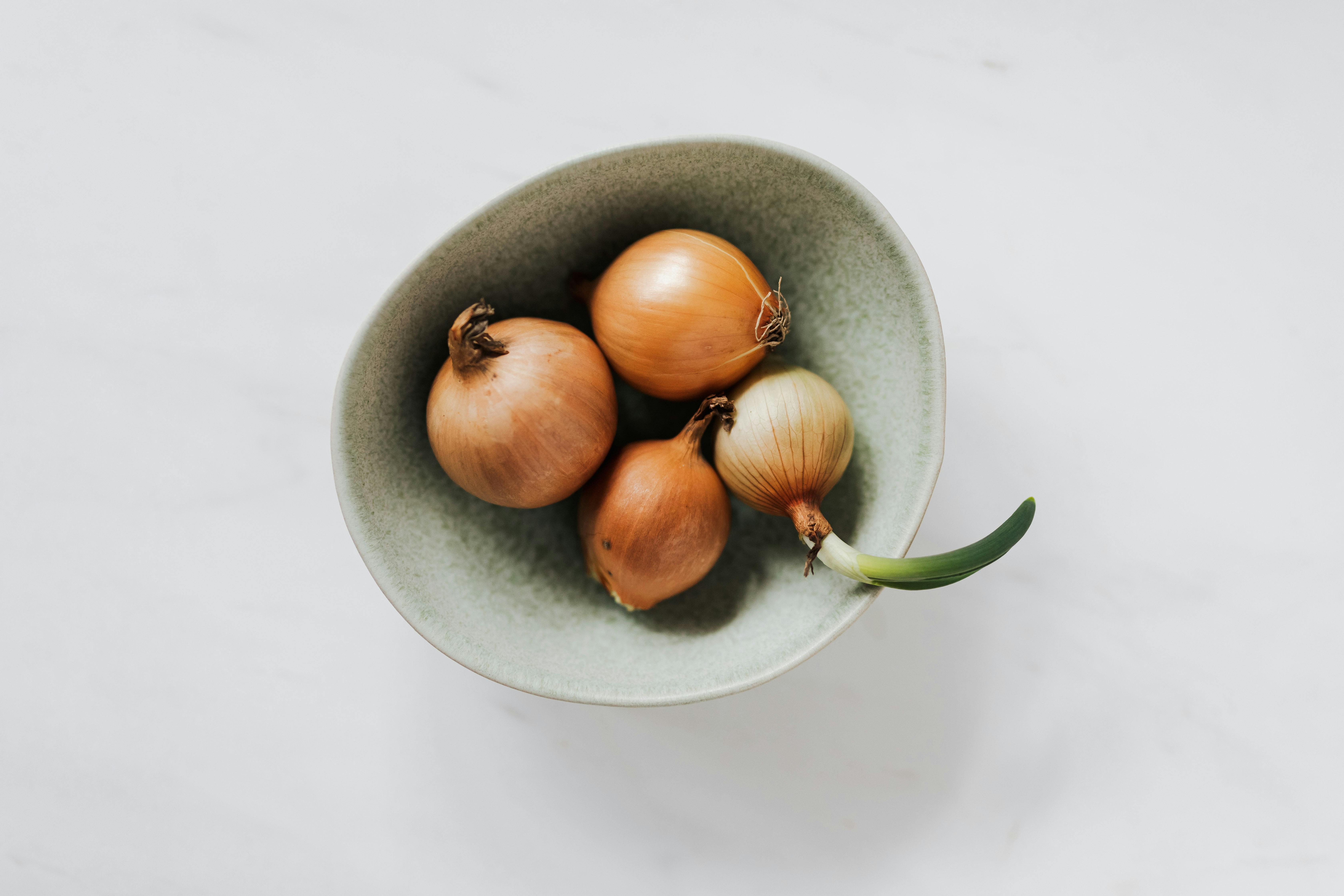Onions are a hardy vegetable that can be planted year-round in Oklahoma. Planting onions in the fall or winter is best for harvesting in the spring or summer, while planting in the spring is best for harvesting in the fall. Knowing when to plant onions in Oklahoma can help you get the most out of your onion crop.The best time to plant onions in Oklahoma is in the spring, typically between February and April. Planting too early can be a risk since an unexpected frost could damage the crop.
Optimal Growing Conditions for Onions in Oklahoma
Onions are a great crop to grow in Oklahoma as they prefer cooler temperatures and thrive in the state’s mild climate. The optimal growing conditions for onions in Oklahoma include well-draining soil, full sun exposure, and consistent watering. It is important to prepare the soil before planting by adding organic matter and fertilizer to ensure adequate nutrition. Onions need an average of 8 hours of sunlight per day and should be planted at least 12 inches apart to allow for adequate air circulation. They also require consistent watering throughout the growing season, with one inch of water per week being ideal. Proper fertilization is recommended, as onions are heavy feeders and require more nitrogen than other types of vegetables. Additionally, mulching around the base of plants can help retain moisture and reduce weeds. With proper care and preparation, onions can be a successful crop for Oklahoma gardeners.
Preparing Soil for Planting Onions in Oklahoma
Preparing the soil for planting onions in Oklahoma is a crucial step to ensure a healthy and successful harvest. Onions are a cool-season crop, so the soil should be fertile and well-draining. It’s important to work organic matter into the soil prior to planting, such as compost or aged manure. This helps to improve soil structure, increase fertility, and retain moisture. Additionally, the pH of the soil should be between 6.0 and 7.0 for optimal growth. If needed, adding lime can help raise the pH levels.
It is also important to prepare the area where you will be planting your onions well before you plant them. Make sure it’s free of weeds so that your onions have enough room to grow undisturbed. Till or cultivate the soil about 6 inches deep to get rid of any weeds and break up clumps of dirt so that air can reach the roots of your onions more easily. Additionally, add a 2-4 inch layer of compost over the top of your tilled plot prior to planting your onions in order to give them an extra boost of nutrients when they start growing.
In terms of timing, it’s best to wait until at least two weeks after the last frost before you start planting your onions in Oklahoma. Before you sow your onion seeds or set out transplants (if you choose this option), make sure that the temperature is consistently above 50 degrees Fahrenheit during daylight hours. If possible, try to avoid planting during periods of extreme heat as this can cause stunted growth and smaller heads at harvest time.
By following these steps and preparing your soil properly for planting onions in Oklahoma, you will give yourself a much better chance at achieving success with this cool-season crop!
Varieties Of Onions Grow Best In Oklahoma
Oklahoma is home to some of the best onions in the country. From sweet onions to red and yellow onions, there are a variety of varieties that can be grown in Oklahoma. Sweet onions are a favorite of many Oklahomans, as they are easy to grow and have a mild flavor. Yellow onions add an extra kick to dishes and are also incredibly easy to grow in Oklahoma. Red onions have a stronger flavor and look great when added as a garnish or when cooked.
When growing onions in Oklahoma, it is important to select a variety that will do well in the climate. While all of the above varieties can be grown in Oklahoma, some may do better than others depending on the region. For example, short-day varieties such as Vidalia or Walla Walla do best in southern parts of the state where temperatures remain warmer for longer periods of time. Long-day varieties such as Texas Grano or Imperial Sweet tend to do better in northern parts of the state where days are longer and temperatures remain cooler for longer periods of time.
Other factors to consider when selecting a variety of onion include soil conditions, moisture levels, and sunlight exposure. Onions prefer well-drained soils with plenty of organic matter such as compost or manure mixed into them for optimal growth. They also require plenty of sunlight and should be planted in locations that receive at least 8 hours per day during the growing season. Additionally, they require moderate amounts of moisture throughout the season but should not be overwatered as this can lead to disease and rot issues.
By selecting an onion variety that is suitable for Oklahoma’s climate, gardeners can enjoy harvests full of flavorful onions year after year. With so many different varieties available, there is sure to be one that fits your gardening needs perfectly!
Choosing a Location to Plant Onions in Oklahoma
Onions are a great addition to any garden, and Oklahoma provides the right environment for growing them. When choosing a location to plant onions in Oklahoma, there are several factors to consider.
The soil should be well-drained and have plenty of organic matter. Compost or manure can be added to enrich the soil and provide nutrients for the onions. The site should also receive at least 6 hours of direct sunlight each day, although more is better. Onions also need plenty of space for their roots to spread out, so they should be planted at least 6 inches apart.
It is important to choose a location that is not prone to flooding or standing water, as onions do not tolerate wet conditions. They also do not tolerate extreme temperatures, so it is important to select an area that is protected from strong winds and frost.
When planting onions in Oklahoma, it is important to select varieties that are suited for the climate and soil conditions. Short-day varieties are better suited for the warmer climate of southern Oklahoma than long-day varieties. It is also beneficial to rotate crops each year in order to prevent diseases and pests from building up in the soil.
By taking these factors into consideration when selecting a location for planting onions in Oklahoma, gardeners can ensure their crop will be successful and produce healthy plants with delicious bulbs.

How Deep Should I Plant Onions in Oklahoma?
Onions are a popular vegetable to grow in Oklahoma, and with good reason. Onions can be planted in the early spring or late fall, depending on the variety. When planting onions in Oklahoma, it’s important to consider the depth of planting. Onions should typically be planted about two inches deep. If your soil is sandy or loose, then you may want to plant a bit deeper—up to four inches deep—to ensure that your onions have enough support and nutrition to thrive. It’s also important to make sure that the soil is well-drained and not too wet, as this can cause the onions to rot before they have a chance to establish themselves. Once you’ve determined the right depth for your onions, they should be planted about six inches apart from each other in rows, with each row spaced 12-18 inches apart. Finally, remember that onions need plenty of water and sunshine throughout their growing season for optimal growth and yield!
How Much Sun Does An Onion Plant Need In Oklahoma?
Onion plants grown in Oklahoma need a good amount of sunlight each day in order to thrive. Onions need at least six hours of direct sunlight per day, so it is important to choose an area with plenty of sunshine. When growing onions in Oklahoma, be sure to provide them with enough space and nutrients to ensure they get the necessary amount of sun. Additionally, onions prefer warm temperatures, so it is important to keep the soil temperature between 70-80°F during the growing season. If you are planting onions in a container, make sure to use a well-draining potting mix and water regularly. Lastly, if you are growing onions in an area that receives less than six hours of sunlight per day, you may want to consider using supplemental lighting to make up for the lack of sunlight.
Overall, onions require a good amount of sun in order to grow successfully in Oklahoma. Make sure your plants are receiving at least six hours of direct sunlight each day and provide them with the necessary nutrients and warmth they need for optimal growth.
When Is The Best Time To Harvest Onions In Oklahoma?
Harvesting onions in Oklahoma is best done when the bulbs have reached full size and the tops of the plants have started to turn yellow and fall over. This usually happens in late summer or early fall, but can vary depending on the climate and weather conditions. Once the tops of the plants are turning yellow, it’s time to start harvesting them. The best way to do this is to gently dig around the bulb with a garden fork or spade and carefully pull it out of the ground. It’s important to be careful when harvesting onions, as they are fragile and can easily be damaged. Once harvested, onions should be dried in a warm, well-ventilated area for a few days before storing them in a cool, dark place for up to six months.
Harvesting onions at the right time is key to getting good quality bulbs that will last for several months. If harvested too early, onions may not reach their full size or may become bitter in flavor. Harvesting too late can also lead to poor quality bulbs that won’t store as well or taste as good. Knowing when the best time is for harvesting onions in Oklahoma can help ensure you get high-quality bulbs every time.

Conclusion
Onions can be planted in Oklahoma from early spring through late fall, depending on the variety. Planting in early spring allows for a larger crop since onions prefer cooler weather. For those who want to harvest onions during the summer, short-day varieties should be planted in late winter or early spring. For those who want to harvest during the fall, long-day varieties should be planted in mid-summer. The soil should be well-drained and amended with nutrients prior to planting. Onions need plenty of sunlight and regular watering for best results. With proper care, you can enjoy a full crop of onions for your family to enjoy.
No matter what type of onion you choose to grow, it is important to remember that when planting onions in Oklahoma, timing is key. Planting too late can result in smaller yields and a lower quality product, while planting too soon may result in bolting or other issues. Taking the time to plan ahead will help ensure that your onion crop will produce a bountiful harvest of flavorful and nutritious bulbs for your family to enjoy!

